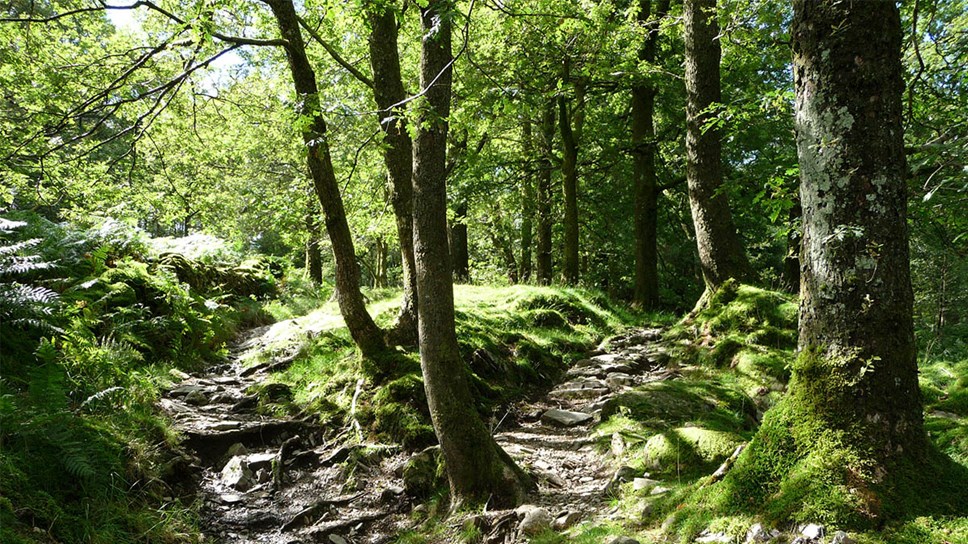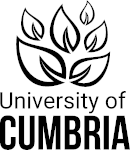
Latest United Nations report on ozone depletion co-authored by National School of Forestry scientist
"Achievements of the Montreal Protocol set precedent for global action on climate" - says University of Cumbria's Dr T Matthew Robson
The United Nations Environment Programme (UNEP) Ozone Secretariat announced earlier this year that the Earth’s ozone layer is on track to recover within four decades, should global partners remain committed to the control measures of the Montreal Protocol and its Kigali Amendment.
Three advisory panels of international scientists regularly assess the impact of the global treaty and feed back their findings to its signatories and UNEP every four years - the Scientific Assessment Panel (SAP), the Technology and Economic Assessment Panel (TEAP) and the Environmental Effects Assessment Panel (EEAP).
The EEAP assesses environmental effects of climate change, UV radiation and ozone depletion, and this month has published an explanatory document for the public that complements the detailed scientific findings in its 2022 Assessment Report issued in May.
The Questions and Answers (Q&As) provide accessible information for everyone, whether they are teachers, scientists or the wider public, and have been illustrated and written using language suitable for those without scientific or specialist knowledge.
Questions are answered about the importance of UV radiation for life on Earth, considering both harmful and beneficial effects. This includes the impact that interactions between climate change and ozone depletion have on human health and life on land, lakes, and the oceans.
University of Cumbria National School of Forestry academic Dr T Matthew Robson (pictured) is an expert on UV radiation, ozone depletion, and the effects of light on plants.
He has co-led one of the EEAP’s eight sections in its latest quadrennial ‘Environmental Effects of Stratospheric Ozone Depletion, UV Radiation, and the Interactions with Climate Change’ assessment report, and he has also contributed to the new Q&A document.
For the section, ‘Interactive effects of changes in UV radiation and climate on terrestrial ecosystems, biogeochemical cycles, and feedbacks to the climate system’, Dr Robson’s working group considered the potential detrimental effects on crop production, biodiversity and polar ecosystems, with emphasis on what role extreme climate events have in altering exposure to UV radiation.
The EEAP assessment indicates that strong interdependencies of stratospheric ozone and climate affect the structure and function of terrestrial ecosystems; meaning that by protecting the ozone layer, the Montreal Protocol continues to play a vital role in maintaining healthy, diverse ecosystems on land that sustain life on Earth.
Furthermore, the Montreal Protocol and its Kigali Amendment are mitigating some of the negative environmental consequences of climate change by controlling those substances that deplete the ozone layer as well as some of their substitutes, since most of these compounds are also greenhouse gases. The Montreal Protocol is thereby also protecting the carbon sequestration potential of vegetation and the terrestrial carbon pool.
Dr Robson joined the National School of Forestry team at the University of Cumbria’s Ambleside campus last September.
Previously based at Finland’s University of Helsinki, where he retains some research projects, he is preparing to embark on further research in Cumbria.
He said: “The work of the Environmental Effects Assessment Panel is important in both allowing us to resolve the problems of ozone depletion and in mitigating climate change, as well as showing that the Montreal Protocol is a precedent for making functional global treaties that effectively address the causes of climate change. It is a privilege to be part of this panel of leading scientists working to ensure that mankind is aware of the importance of the ozone layer and how climate change impacts our environment, so that we can anticipate potential future threats.”
The EEAP will meet in Colorado 18th – 24th September 2023 to update its latest assessment. Meanwhile, leaders of the three UNEP panels were in London earlier this year to create a synthesis report of their latest assessments. There, they also met with UK ministers at Downing Street to discuss their most recent findings.
* Main picture: Woods near Langdale. Copyright: Andrea Hills
ENDS
Notes to editors
NOTES TO EDITORS
1. The Montreal Protocol is an international treaty with the goal to protect the Earth’s ozone layer, which safeguards life on our planet from harmful ultraviolet (UV) radiation from the Sun. The treaty has been agreed upon by all member states of the United Nations and aims to limit the release of chemical substances into the Earth’s atmosphere that harm the ozone layer.
It was established 35 years ago and is a rare treaty that has universal ratification. It controls around 100 ozone-depleting substances. The Montreal Protocol has phased out almost all of these substances, including those with high global warming potential. Replacement substances, for example, hydrofluorocarbons (HFCs) are now being phased down under the Kigali Amendment which, as of June 2023, 150 countries have signed up to. Details: https://www.unep.org/ozonaction/who-we-are/about-montreal-protocol
2. UNEP’s 2022 EEAP’s Assessment Report can be found here: https://ozone.unep.org/environmental-effects-stratospheric-ozone-depletion-uv-radiation-and-interactions-climate-change
3. The EEAP’s new Q&A document is available here:
3. ‘Ozone layer recovery is on track’ UNEP press statement is available here: https://www.unep.org/news-and-stories/press-release/ozone-layer-recovery-track-helping-avoid-global-warming-05degc
4. Dr T Matthew Robson, University of Cumbria: https://www.cumbria.ac.uk/study/academic-staff/all-staff-members/matthew-robson.php
5. Main picture, credit - Woods near Langdale. Copyright: Andrea Hills

